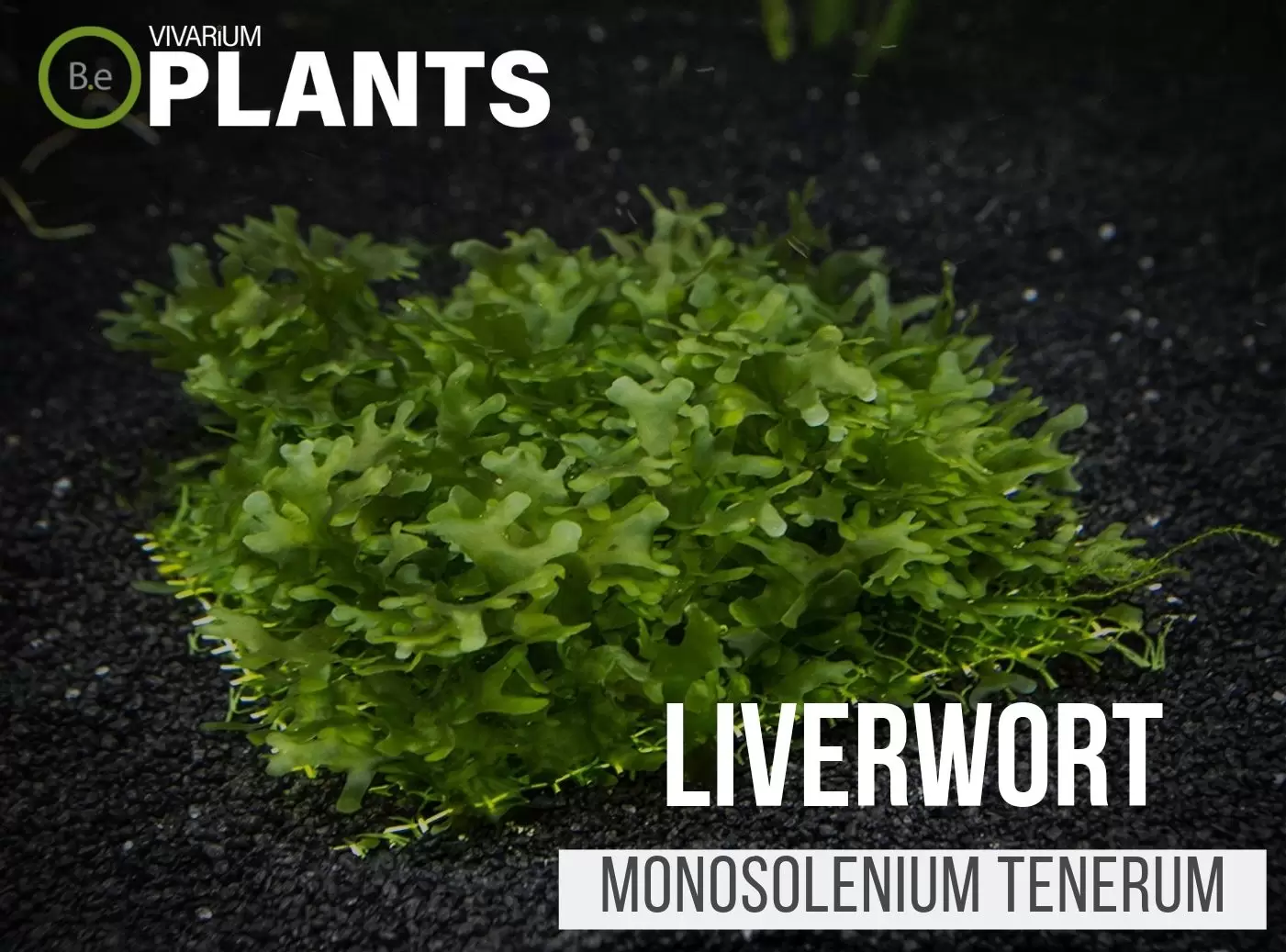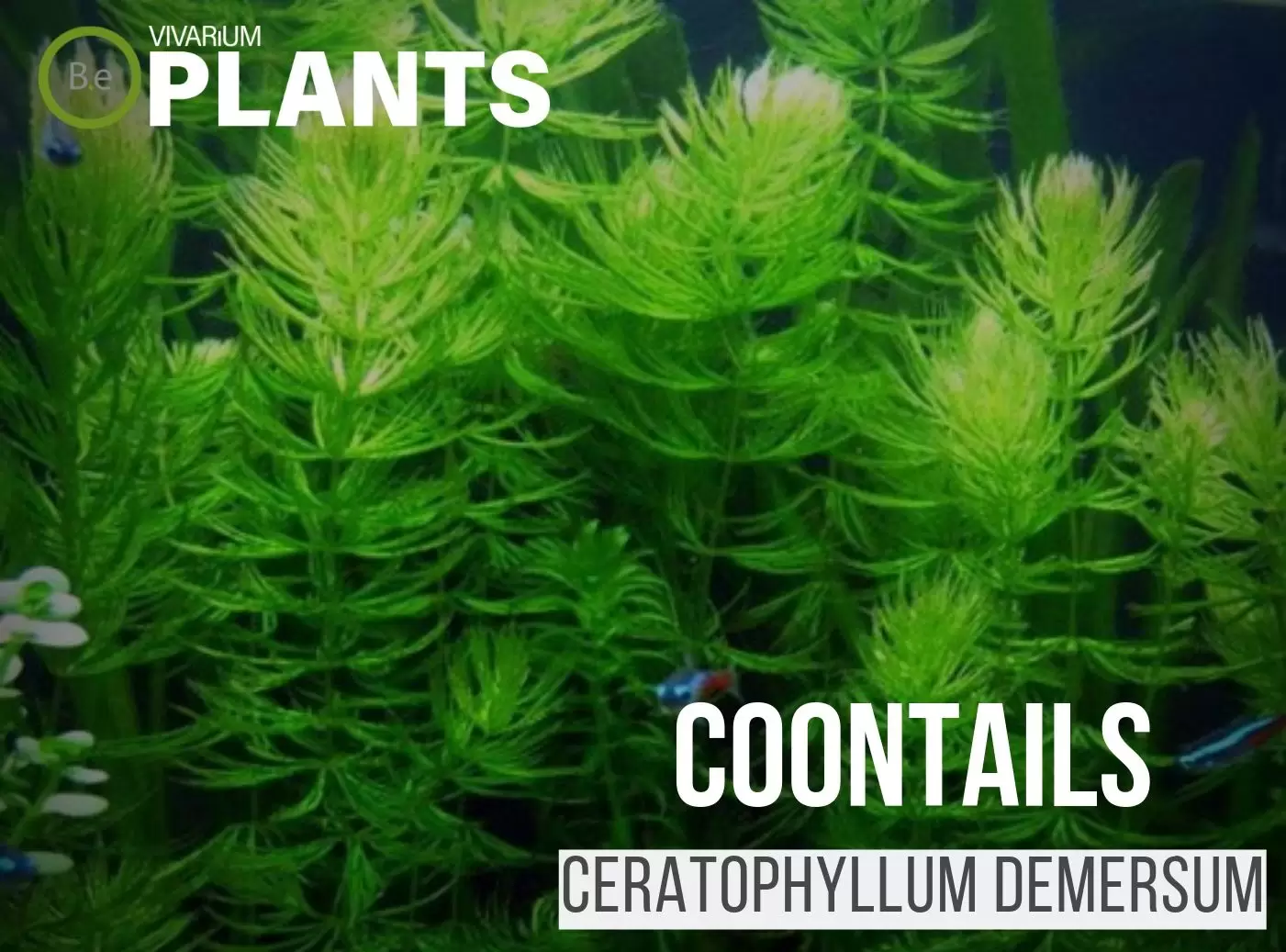Crystalwort (Riccia fluitans) is one of my favorite aquarium plants to add to an enclosure. It has a very mossy and vivid look that helps accentuate any tank.
Most hobbyists, like myself, use Crystalwort either as a floating or carpeting plant.
This plant is an excellent alternative to mosses like Java Moss. The fact that it does not require an expert level of care is one of many reasons it’s popular today.
| Quick Stats: | |
|---|---|
| Scientific Name | Riccia fluitans |
| Common Name | Crystalwort, Floating Crystalwort |
| Family Name | Ricciaceae |
| Habitat | Freshwater |
| Temperature | 59°F to 86°F |
| Height | 1 inch |
| pH | 6.0 to 8.0 |
| Lighting | Medium |
What is Crystalwort?
Crystalwort, also known as Ricca Fluitans, is a floating plant that can be found all around the world.
It belongs to the Ricciaceae family and was made popular by the famous Japanese Aquascaper Takashi Amano.
Although it had already been previously discovered and cataloged by Linnaeus in 1753, Takashi was the first to keep it submerged in one of his tanks.
There are actually four different varieties of this species that originate from Thailand, Singapore, Europe, and Japan.
However, only the strain that comes from Japan can thrive fully submerged.


Crystalwort Facts
Crystalwort is often referred to as Floating Crystalwort and can be most commonly found floating around in ponds.
Even though this plant has many moss-like characteristics, it is not, in fact, an actual true moss but a part of the Liverwort genus.
Unlike other vivarium plants, Riccia fluitans can be quite a fast grower.
It is most commonly used as a free-floating plant, but can also be attached to other objects and grow fully submerged.
When grown attached, it is important to trim it regularly due to its rapid growth.
Otherwise, the plant will grow too high eventually detaching itself and becoming free-floating.
Description
Riccia fluitans will usually grow into thick clumps of short vivid green threads.
These threads appear to be clumped together and will grow into a ball-like shape if it is not trimmed.
Much like moss, Crystalwort does not have a true root structure, but it can still anchor itself to other surfaces over time.
To keep it from floating away, many hobbyists will tie the plant down using a fishing line or a thin thread.
After about a week or two the new growth will hold the plant down on its own. At this point, the thread can either be cut off or simply left there.
The Crystalworts’ fullness and thickness will hide away any unwanted string.
In the end, it will aesthetically lean towards looking something like a beautiful cultured lawn or a rich bed of moss
Habitat
Crystalwort is native to all of Asia, Africa, and the Americas.
It can now be found all around the world mostly due to its ability to tolerate an array of different environmental conditions.
Crystalwort is most commonly found floating around in ponds and slow-moving streams.
The average temperatures in this native habitat will range anywhere from 59 to 86 degrees Fahrenheit
PH Preference
Riccia fluitans do not require very specific water conditions. In fact, the water can be anywhere from very soft to really hard.
The pH value requirements also allow for some flexibility since they can vary from 6.0 to 8.0.
This is a particular trait that makes it easy for many different species of fish to live amongst such a plant.
Vivarium Placement
Crystalwort is an aquatic-based plant. With this in mind, it should always be placed somewhere in an enclosure that has sufficient amounts of water.
Hobbyists will usually allow the plant to free float and grow freely. However, there are some people that prefer to attach it to surfaces such as rocks, logs, or driftwood.
This allows for some very interesting and diverse aqua-scaping looks.
Crystalwort can even be attached to mesh in order to create a carpet or wall look to hide unattractive equipment.
The plant’s rapid growth makes it perfect for such projects, but it will require some periodic pruning.
Vivarium Type
This type of plant will do great in a variety of vivarium types.
When deciding if rather or not to use riccia in a particular type of enclosure, be sure to go with setups that have aquatic features.
Here are recommended vivarium Phoenix moss will do well in:
- Paludarium – Half aquatic/ half terrain-based enclosure.
- Riparium – Mostly aquatic-based enclosure with some terrain features present.
- Aquarium – Fully aquatic-based enclosure with little to no dry terrain.
Substrate
Unlike many other plants, Crystalwort does not extract nutrients through a typical root system.
Instead, it absorbs whatever source of nourishment it needs through its leaves and stems.
For this reason, Crystalwort does not really require any specific aquarium substrate to survive.
In fact, it can easily thrive with no substrate at all by simply free-floating.
As long as there is clean and rich flowing water, the plant will do just fine.
Lighting
The lighting requirement for Crystalwort will vary depending on where it is located in a tank.
If the plant is left floating, then it will not require much light and can grow in rather low conditions.
Exposure to higher levels of carbon dioxide will make up for the lack of light.
On the other hand, the deeper in water that Crystalwort is located, the more light it will require.
Clumps that have been attached to surfaces all the way at the bottom of a tank will need very bright lights to reach their full potential.
A lack of proper lighting can cause the plant to begin browning and dying off in different spots.
Buy Crystalwort
When shopping for possible Crystalwort for sale, expect a few key indicators you are buying the best quality plant.
The moss should be algae and snail-free along with any other type of pest.
The source of moss will usually be sold in small tissue cultures, ready for you to propagate.
The batch should arrive fairly moist and in fairly good shape.
Click the image below to find out more about the current price and other relative info on Java moss for sale:


Crystalwort Care and Propagation
Riccia fluitans are an easy plant to care for and propagate. There is not much work that will be required to successfully cultivate it.
Crystalwort is a plant that grows outwards and uses spores to reproduce.
These spores will grow on the tip of stems and blow off allowing the liverwort to spread out.
The process will continue to periodically happen automatically to make sure that the plant continues to grow.
How to grow
As mentioned before, Crystalwort is a very fast-growing plant.
It can tolerate a wide variety of conditions and still manage to reproduce steadily.
The most successful and practical way to cultivate Crystalwort is by breaking the parent plant off into smaller pieces.
Those pieces can then be tied down to a stone/mesh or simply left to free float.
Once that has been done the plant will begin to regenerate and grow.
Although both methods work just fine, it has been reported that it will grow exponentially faster when left to float around.
Watering
Being that Crystalwort is usually grown fully underwater or partially submerged, it will not really require any watering.
The plant does like a high nutrient supply of nitrate, phosphate, iron, and potassium.
It will also benefit from added liquid fertilizer and CO2, especially when kept at the bottom of the tank.
Another thing to look out for is pesky algae growth.
Crystalwort tends to be very dense, which can accumulate a lot of debris and promote algae growth.
Making sure that there is a slow but steady water current can help alleviate this issue.
Periodic water changes, as well as trimmings, will also help make sure that the plant remains healthy and growing.
Plants Similar To Crystalwort
Adding diversity to an enclosure is key to an aesthetically pleasing enclosure.
Try mixing up the look of your vivarium with different flora that can easily co-exist in the same environment.
Furthermore, if for some reason you find this liverwort hard to acquire or would like to consider something similar to this plant…
Here are some other plants you might find very similar to Taxiphyllum Barbieri:
Conclusion
I really love the look of Crystalwort. It’s a pleasing, additive, plant for most enclosures as long as they have some sort of aquatic features.
This flora’s versatility and fast growth rate make it a great plant to use for aqua-scaping and decorating.
It is a plant that does not require an extensive amount of care, which even makes it suitable for beginners to use.
My only recommendation would be to be mindful of the types of fish that you add to this plant.
Even though it can withstand a lot, Crystalwort tends to be on the fragile side when it comes to its leaves.
If they get eaten or picked at too much the plant will suffer drastically.
Frequently Asked Questions
Crystalwort (Riccia fluitans) does not needs CO2 to survive help. However, it is recomended to optimize its growth and health. CO2 helps the plant utilize the photosynthetic process, which produces the energy it needs to grow and thrive. To ensure the best health and growth of Crystalwort, it is important to maintain sufficient levels of CO2 in the aquarium.
Floating Crystalwort (Riccia fluitans) is found in shallow ponds, lakes, and slow–moving streams. It is native to Asia, Europe, Africa, and North America, with the highest concentrations being in areas with a lot of outdoor recreation activities such North America‘s upper Midwest and Rocky Mountain regions.
Yes, Crystalwort (Riccia fluitans) is generally considered an easy plant to grow. As long as you provide it with moderate light, a nutrient–rich source of water, and some type of substrate for it to grow on, it will thrive. Additionally, it is also a fast–growing species, so you‘ll be able to see results quickly.
To attach Crystalwort (Riccia fluitans) to a rock, use a cotton thread or fishing line. Tie one end of the cotton thread to the rock, then tie the other end of the thread around the base of the plant. Repeat this process until the plant is securely attached to the rock. Make sure to check the plant regularly to ensure that the Crystalwort is still secure.




Comments are closed.